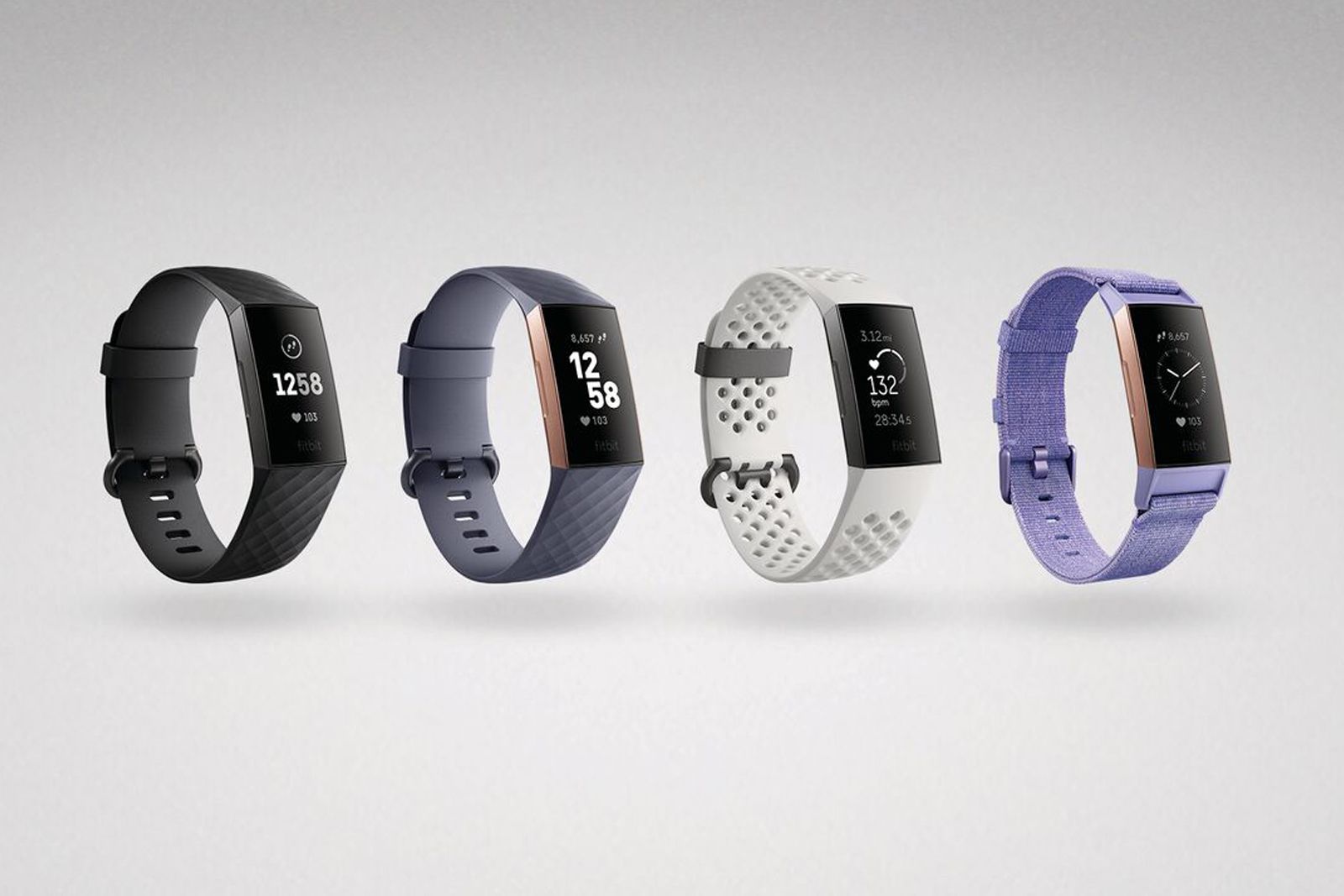Fitbit has introduced the successor to its popular Charge 2 fitness tracker in the Charge 3. The new device refines the design of the 2016 model, whilst also adding water-resistance up to 50-metres, a touchscreen display and a longer-lasting battery life of seven days.
The Charge 3 has an aluminium body instead of stainless steel, meaning it is lighter than the Charge 2, but it also has a 40 per cent larger OLED display, protected by Corning Gorilla Glass 3, that is now touch-enabled rather than just tap-enabled.
An inductive button is present on the left of the Charge 3, allowing for the swim-proofing as well as the larger battery. Users will find all the same features as the Charge 2 including Connected GPS, continuous heart rate monitoring, Multi-Sport tracking, sleep tracking and automatic exercise recognition but the Charge 3 adds a few extras too.
Fitbit has introduced Goal-Based exercise modes to the Charge 3, allowing users to set a specific calories burned, duration or distance goal for more than 15 exercise modes including swimming, running, cycling and yoga.
Smartphone notifications also extend to the ability to answer and reject calls, app notifications from the likes of Facebook and Uber, as well as Quick Reply functionality for Android users coming soon.
The Fitbit Charge 3 will be available with a rose gold case and a blue grey band, or a graphite case with a black band as standard. There are also two Charge 3 Special Edition models available with the same case colour options but different straps. The Special Edition model comes with an NFC chip too though, making it Fitbit Pay enabled. All models offer interchangeable straps, with several strap options sold separately.
The Fitbit Charge 3 will cost £129.99 for the standard model and £149.99 for the Special Edition, NFC-enabled model. Accessories cost between £19.99 and £59.99. Pre-orders are open now on Fitbit.com and availability will start at the beginning of October.

